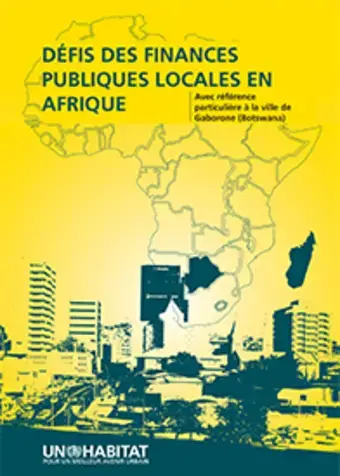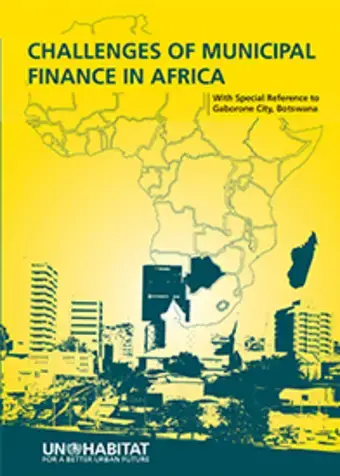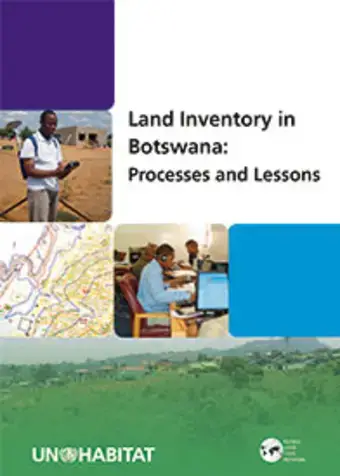Gaborone, 15 September 2016—The government of Botswana has reiterated its commitment to making the needs of slum dwellers a top priority. Towards this end, Botswana’s Ministry of Lands and Housing convened a national workshop to discuss the outcomes of city and national profiles, meant to highlight urban challenges and identify corresponding actions that prevent the formation of informal settlements as well address the needs of the existing ones.
UN-Habitat interventions
- Participatory Slum Upgrading Programme (PSUP): UN-Habitat has been supporting the Government of Botswana in the development of Housing policies, improving livelihoods through normative work and projects as well as strategies to address slums. The government supported in developing urban profiles for various towns including Gaborone. The funding is by the European Commission and community management funds.
- SDG Monitoring: UN-Habitat availed funds to monitor SDG 11 in Botswana which was selected as one of the pilot countries in Africa. Trainings were held for the national and local governments. The interventions will be used to achieve SDG 11 in Botswana.
- UN-Habitat Country Programme document: The Government of Botswana has already highlighted priority areas for the country programme. The process will be finalized once the signing of the MOU is completed for the Government to allocate financial resources for the development and the implementation of the UN-Habitat Country Programme.
Urban numbers
Challenges
In Botswana, the increase of urbanization rates is mainly determined by two phenomena: the rural to urban migration typical of dry lands where livelihood opportunity in the countryside are more and more scarce because of water scarcity, and the peri-urban migration. In general, the country has seen its population concentrating in urban areas according to their vocation.
Towns like Serowe and Palapye have been attracting population because of their concentrated employment opportunities mainly associated with services and industries. Maun and Kasane, being the tourism hub of the country, have seen growing urbanization rates associated with employment within the tourism sector. The construction of the trans-kalahari highway and the trade exchange at the gate with Namibia contributed to the accelerated growth of Ghanzi’s town.
Gaborone’s urban growth has been mainly characterized, on the other side, by the peri-urban migration phenomena. Peri urban areas in Botswana play a vital role in urbanization because they absorb much of the population that, coming from the rural areas, is not accommodated in cities, primarily because of the shortage in affordable land and housing. Drivers of peri-urbanisations are financial capital (industries) and public policy, which aim to divert new housing development to the peri urban areas, like Mogodisthane or Tlokweng, to decongest and improve the living conditions of the city centers. Both in the case of the “vocational” migration and the peri-urban migration, vulnerability of the urban context is highly determined by the great pressure that high concentration of people put on unplanned urban settlements whose services networks, such as health, education, water, electricity and transport are mostly underdeveloped.
Legacy content
UN-Habitat projects in Botswana
Participatory Slum Upgrading Programme
The Participatory Slum Upgrading Programme is being implemented with a focus on the development and adoption of inclusive policies and strategies for slum upgrading . The Programme also aims to strengthen community, city and national key stakeholders’ capacities in participatory slum upgrading in Botswana, particularly in the cities/towns of Lobatse, Francistown and Gaborone, thus adding value to the development of policy, institutional, legislative, and financial frameworks.
- Implementation Phase: Phase I
- Duration: November 2013 – December 2015
- Value: US$120,000
- Donor: European Commission and, the Africa, Caribbean and Pacific Secretariat
- Implementing Partners: UN-Habitat and the the Ministry of Lands and Housing
- Profile cities/ location: Gaborone, Francistown and Lobatse


